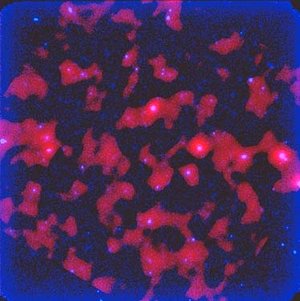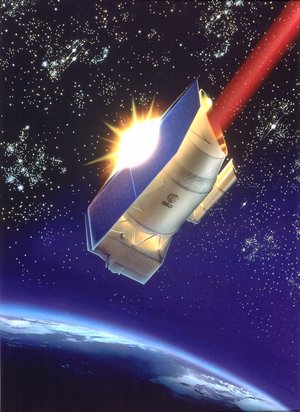BepiColombo overview
the Mission
BepiColombo will consist of two orbiters and possibly a lander that will provide the most complete exploration yet of Mercury, the innermost planet. One component of BepiColombo will map the planet, another will investigate its magnetosphere and a third will land on Mercury, to study the surface.
What’s special
Europe's space scientists have identified the mission as one of the most challenging long-term planetary projects, largely because Mercury's orbit so close to the Sun makes the planet difficult for a spacecraft to reach and difficult to observe from a distance. Scientists want to study Mercury because of the valuable clues it will provide in understanding how planets form. Only one probe has visited Mercury so far, NASA's Mariner 10 which flew past three times in 1974-5 and returned the only close-up images of the planet. The information gleaned when BepiColombo arrives will throw light not only on the composition and history of Mercury, but also on the history and formation of the inner planets in general, including the Earth. With three spacecraft, BepiColombo is a large and costly mission, one of the 'cornerstones' in ESA's long-term science programme. The mission presents enormous, but exciting challenges. All of ESA's previous inter-planetary missions have been to relatively cold parts of the Solar System. BepiColombo will be the Agency's first experience of sending spacecraft to 'hot' regions.
The spacecraft
The BepiColombo spacecraft is likely to compose of many modules. The three vehicles will be:-
- the Mercury Planetary Orbiter
- the Mercury Magnetospheric Satellite
- the Mercury Surface Element
BepiColombo will, in addition to much other science, make a complete map of Mercury in different wavelengths. This will enable it to map its minerology and elemental composition and ascertain whether the interior of the planet is molten or not.
The journey
Two launch methods are presently under study. One would involve launching the two spacecraft from the Baikonur Cosmodrome in Kazakhstan. The spacecraft would then take up to 3.5 years to travel to Mercury. The second option, which would allow the lander to be included in the mission, would involve launching all three spacecraft on one Ariane 5 from Kourou in French Guiana. The journey from Earth to Mercury will be a first. The spacecraft must brake against the Sun's gravity, which increases with proximity to the Sun, rather than accelerate away from it, as is the case with journeys to the outer Solar System. BepiColombo will accomplish this by making clever use of the gravity of the Moon and Mercury itself and by using solar electric propulsion (SEP). When approaching Mercury, each spacecraft will use the planet's gravity plus a conventional rocket engine to insert itself into the different polar orbits. Observations from orbit will continue for one Earth year. The lander would perform its duties in just one week.
The history
As the nearest planet to the Sun, Mercury has an important role in learning how planets form. Mercury, Venus, Earth and Mars make up the family of terrestrial planets, each carrying information that is essential for tracing the history of the whole group. Knowledge about their origin and evolution is a key to understanding how conditions supporting life arose in the Solar System, and possibly elsewhere. As long as Earth-like planets orbiting other stars remain inaccessible to astronomers, the Solar System is the only laboratory where we can test models applicable to other planetary systems. The exploration of Mercury is therefore of fundamental importance for answering questions of astrophysical and philosophical significance such as "Are Earth-like planets common in the Galaxy?" A Mercury mission was proposed in May 1993. Although an assessment study showed it to be too costly for a medium-size mission, it was viewed so positively by ESA that when the Horizon 2000 science programme was extended in 1994, the three new Cornerstones included a Mercury orbiter. Gaia competed in 2000 with BepiColombo for the fifth Cornerstone slot. In October 2000, the Science Programme Committee approved a package of missions for 2008 – 2013 and both BepiColombo and Gaia were approved.
Partnerships
BepiColombo is an ESA mission in cooperation with Japan.





